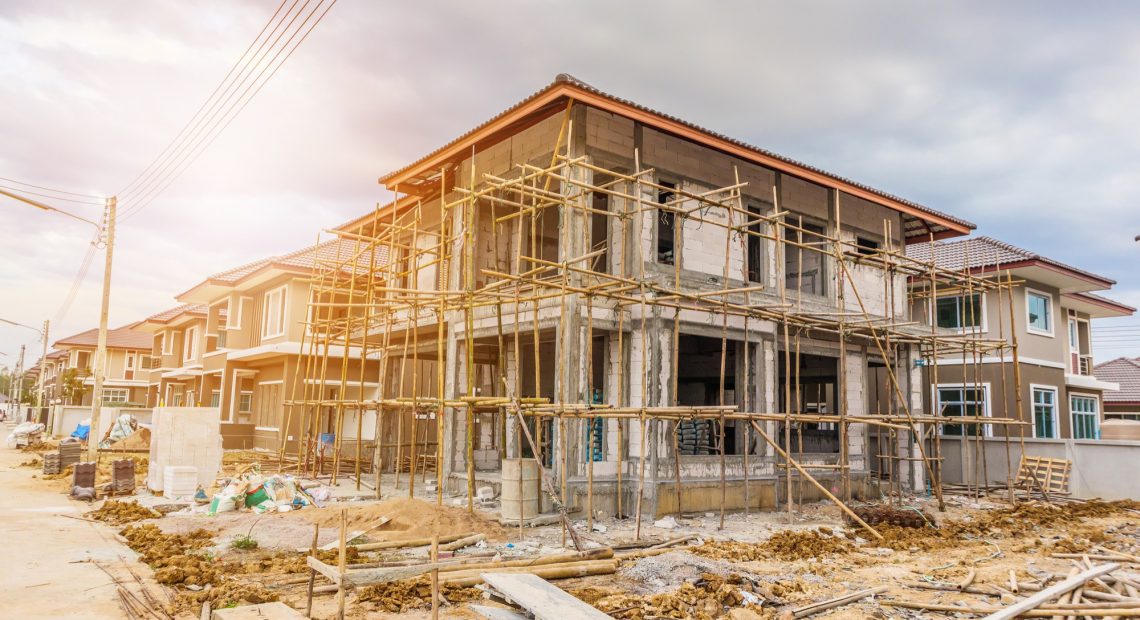
Maharashtra Government Excludes Stilt Parking Height from Building Limits in 12.5% Scheme
The Maharashtra government has introduced a key policy change to boost redevelopment projects under the 12.5% scheme by excluding the height of stilt parking from the overall permissible building height. The move is expected to ease long-standing redevelopment challenges in Navi Mumbai and provide greater flexibility in building design for plot owners and developers.
Background on the 12.5% Scheme
The 12.5% scheme was initiated in 1994 as a land compensation mechanism for Project Affected Persons (PAPs) whose land was acquired for urban infrastructure development. Under this initiative, eligible individuals were allotted 12.5% of developed land in return for their acquired plots. These plots, varying in size from around 40 to 500 square meters, were intended for residential or commercial construction.
Previous Building Restrictions and Issues
Earlier regulations under the Unified Development Control and Promotion Regulations (UDCPR) imposed a strict height cap of 13 meters for buildings on such plots, including the height of stilt parking. This restriction often led to structural limitations, capping construction to stilt plus three floors. As a result, many redevelopment projects were rendered economically unviable, and the full potential of available Floor Space Index (FSI) could not be utilized.
New Amendment and Its Benefits
In a policy reversal, the state government has now approved the exclusion of stilt parking height from the total building height calculation under the 12.5% scheme. This amendment will be incorporated into the UDCPR, paving the way for taller structures and enabling developers and PAPs to fully exploit the permissible FSI.
This change allows for additional residential or commercial floors without breaching the regulated height limit. It addresses a critical bottleneck in redevelopment and provides a much-needed boost to construction activity in areas like Navi Mumbai, where several projects have been on hold due to height restrictions.
Urban Growth and Redevelopment Boost
With this decision, the government aims to unlock the redevelopment potential of thousands of plots by making construction projects more viable. The amendment is expected to lead to better housing options, optimized urban land use, and increased participation from private developers in rebuilding aging structures.
















